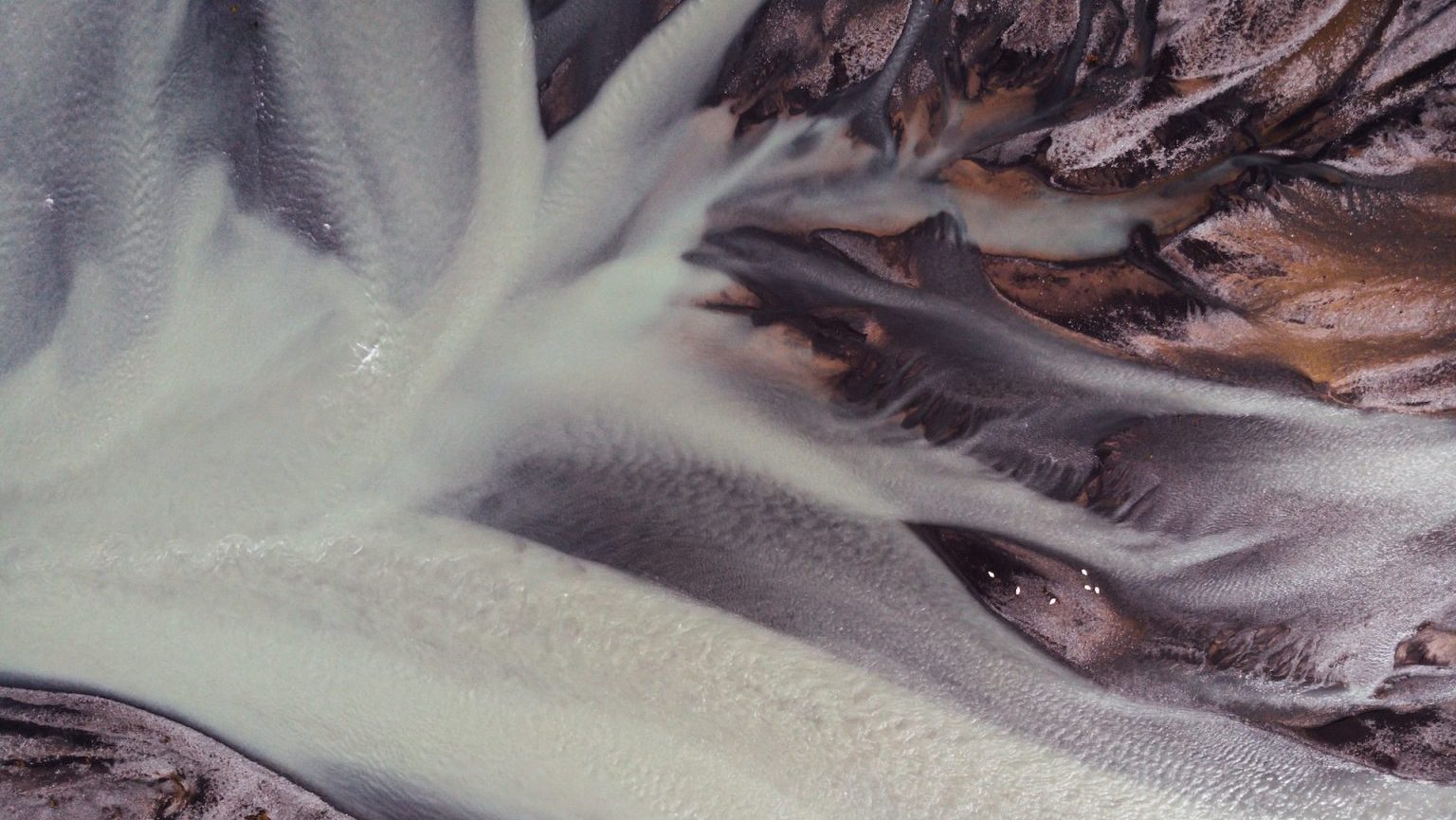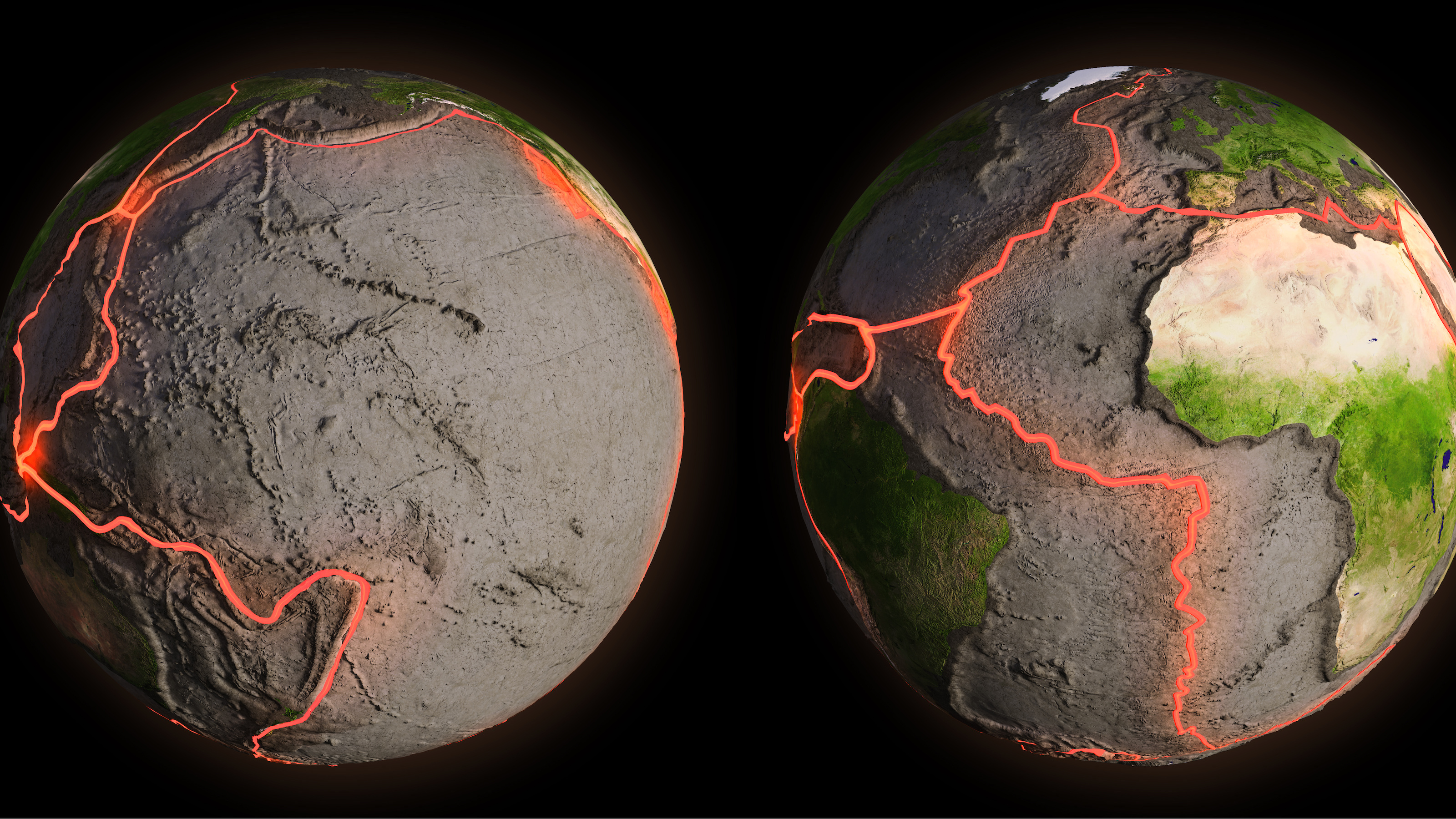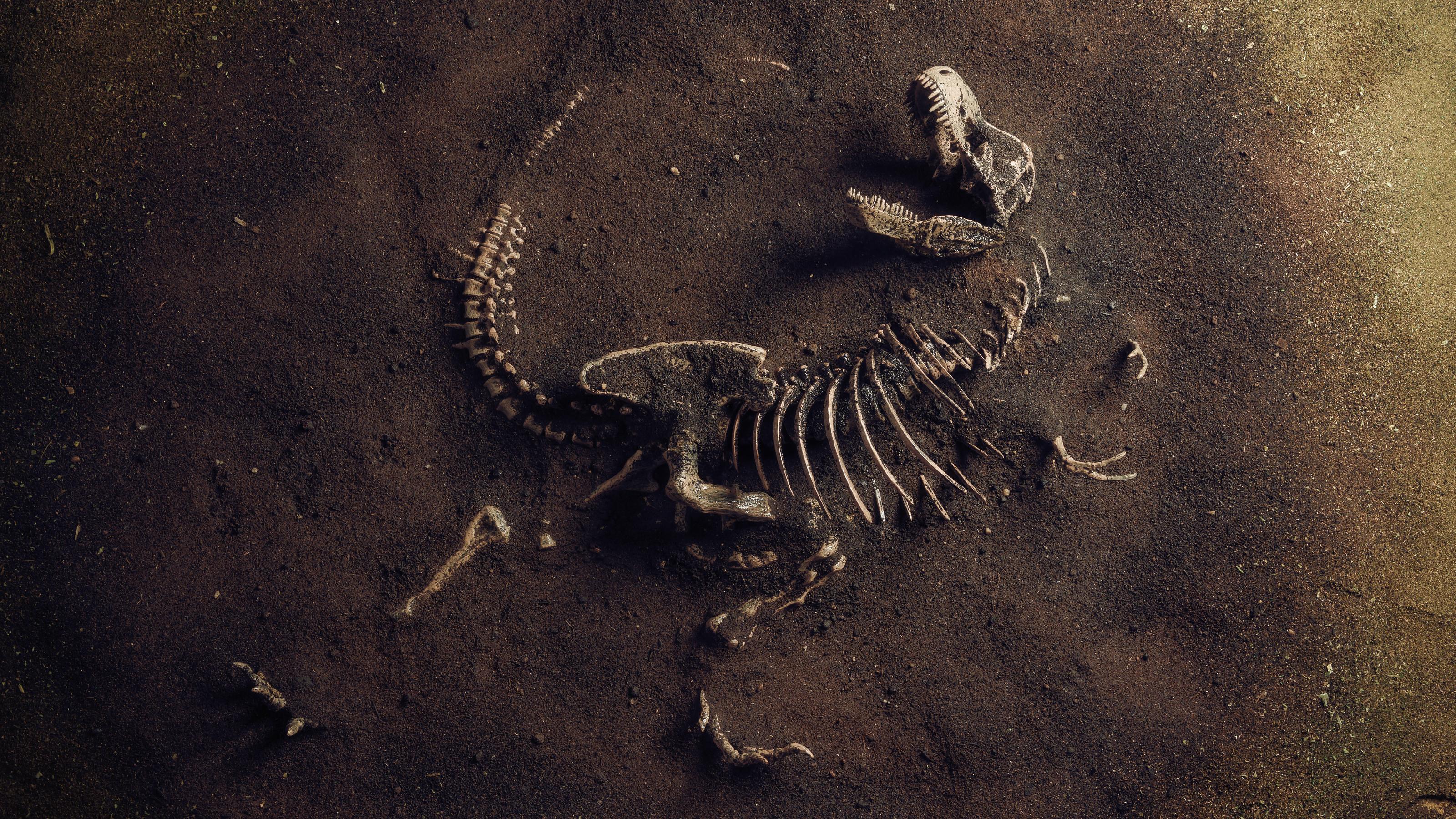A magma chamber’s ebb and flow

nn
If you ever want your research to be picked up by the popular press, you pretty much need to publish in the journal Science. It (along with Nature) are seen as the Premier League of scientific publication, and even though there isn’t a lot of agreement on whether what gets published in these journals is the best science has to offer (or whether it is just the most flashy), it definitely gets the press’ attention.
nn
Right now, there has been a lot of noise in the science press about a recent article that discusses predicting volcanic eruption. This research on Montserrat in the West Indies, brought to us by researchers from Penn State, Univ. of Arkansas and Univ. of East Anglia, looks at the cycles of activity at Soufriere Hills Volcano. The long-and-short of this work is that volcanoes aren’t being filled with periodic influxes of magma right before an eruption, rather that volcanoes get a constant flux of magma that is then stored at different levels in the magmatic system. The researchers determined this by examining both the eruption rates and ground surface deformation at Soufriere Hills.
nn
This would suggest to me that the dynamics of the magmatic plumbing is what dictates the periods of eruption and repose, which in a sense, isn’t entirely surprising. Rather than evoking a model where magma has to stop and start magma generation at depth, we have a system that is more or less “clogged” or “unclogged,” where magma is constantly being brought up from depth into a deep and shallow reservoir. Tiered magma chamber models like this have been suggested before, but it is hard to actually “see” these (geophysically or seismically) under a volcano. Now, the question of why the magma gets stored at different levels and in what state that magma is in (liquid? mush? both?) is a whole different story, but at least this is a start in trying to coax out the long-term state of a magmatic system during both active and inactive periods of a volcano.




